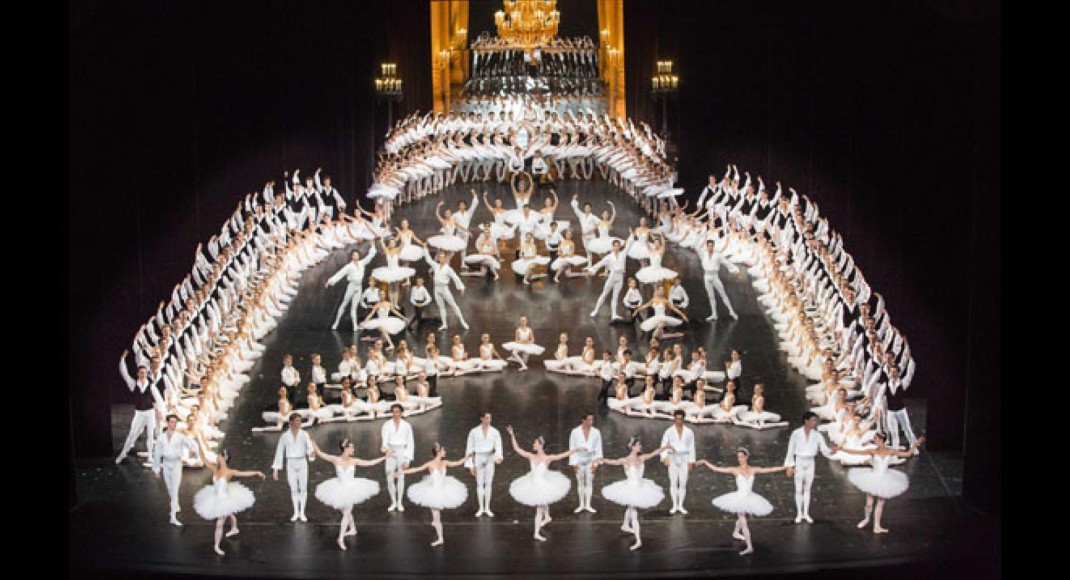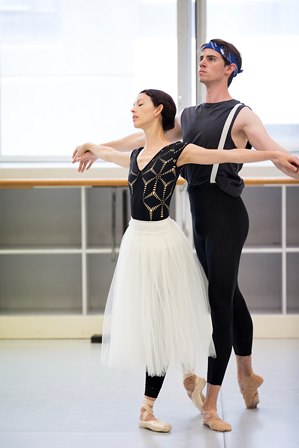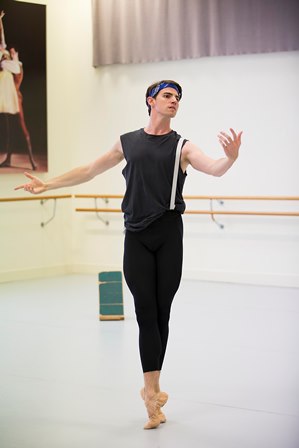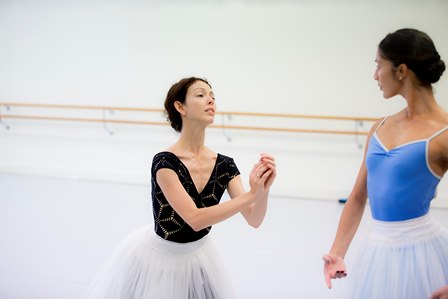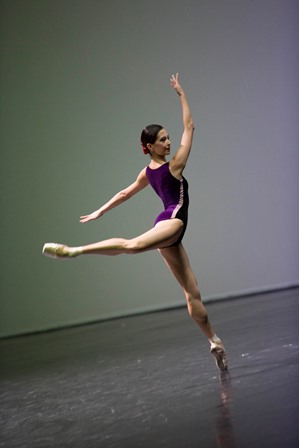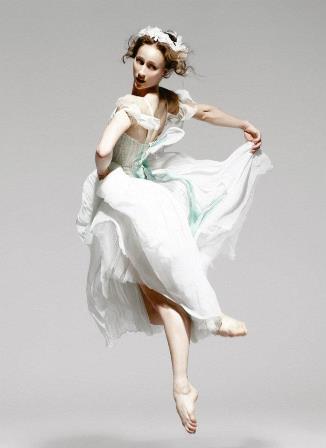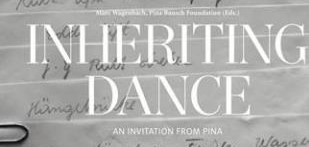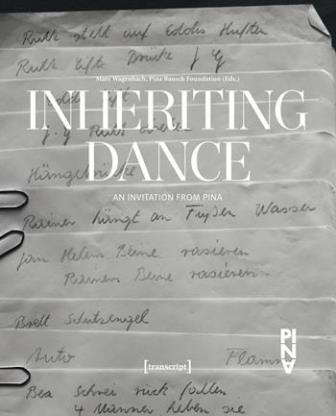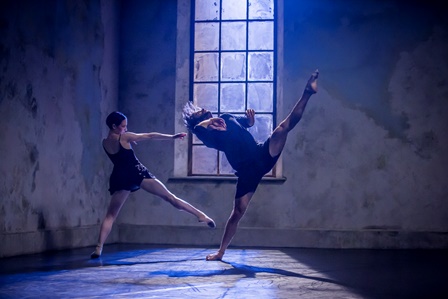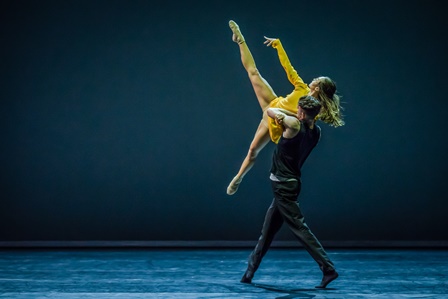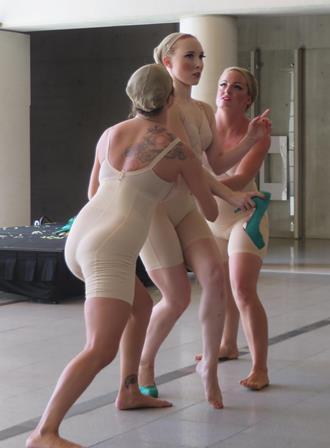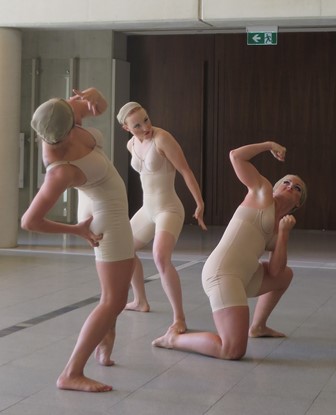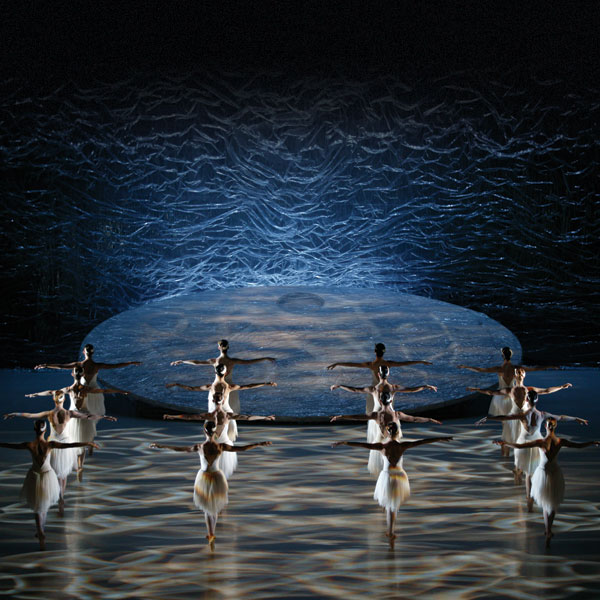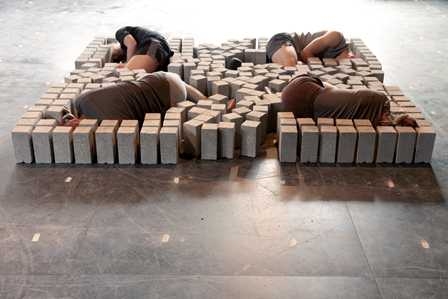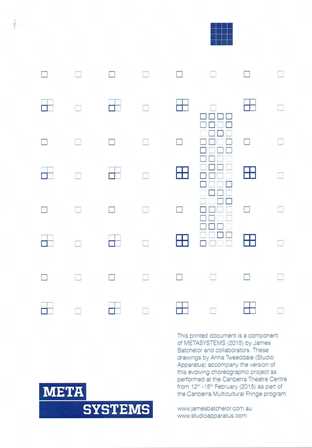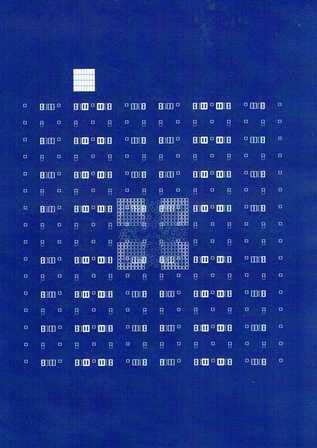29 April 2015, Joan Sutherland Theatre, Sydney Opera House
There were peaks and troughs in the Australian Ballet’s second program for 2015, a triple bill of works by Frederick Ashton. There were also a few surprises.
The undoubted highlight was The Dream, which was also used as the overarching title for the program. We have been told over and over that Ashton was a genius, and many aspects of his work that support that idea were apparent onstage in The Dream, Ashton’s take on Shakespeare’s Midsummer Night’s Dream. Most obvious is the incredible way in which Ashton is able to make a story so clear through movement and mime. No need to know the story beforehand. Everything is comprehensible and coherent. The entire cast of The Dream is to be congratulated for the way they handled Ashton’s approach, and bouquets to the two gentlemen who staged the work—Anthony Dowell and Christopher Carr.
Then there is Ashton’s complex choreography with all its tricky steps, swirling arms, fluid upper body, unexpected combinations, and so forth. Madeleine Eastoe as Titania was superbly in control and made even the trickiest of movements look easy. Her solo with its many hops, turns, swoons and swirls was captivating. And the final pas de deux between a reconciled Titania and Oberon (danced by Kevin Jackson) was a delight. Their partnership has grown into one from which we now expect, and receive, nothing but the best.

Chengwu Guo was a standout as Puck. I continue to gasp at his beautifully controlled multiple turns, his leaps, his beats. But best of all those amazing technical skills were, on this occasion, put to such good use. They combined perfectly with his particular brand of physicality, and with his personality, to advance the story. Guo was as puckish as they come.
Joseph Chapman delighted the audience as Bottom, the crazy mechanical who wears the head of an ass, courtesy of Puck, and who dances on pointe. His characterisation was strong and maintained consistently and, unbelieveably, he was believable. He was the one everyone was talking about as they left the auditorium.
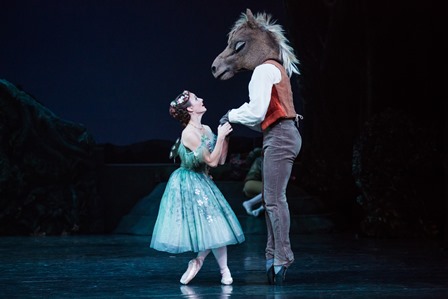
The corps de ballet had been beautifully rehearsed and nothing was forgotten of the Ashton style—head and arm movements especially. And take a bow Benedicte Bemet as Moth. To me she looked like a born Ashton dancer. But then I think she is just a born dancer.
That’s where the peaks ended I’m afraid!
The first half of the program consisted of Monotones II and Symphonic Variations. Monotones II, danced by Natasha Kusen, Brett Simon and Jared Wright, has not really stood the test of time for me. It looked quite outdated and very static. As for Symphonic Variations, could it really be the same ballet I was lucky enough to see in London last year danced by the Royal Ballet? As the curtain went up I got a thrill to see Robyn Hendricks and Cristiano Martino looking stunning as the lead couple—elegant with proud bearing promising much. But where was the ‘sensational twenty minutes of unstoppable beauty’ that I saw in London that set my heart singing? The dancing was all over the place, technically beyond the experience of one or two of the dancers, and with little feeling for the spacing and floor plan of the work. A huge disappointment as far as I am concerned.
As for the surprises, well one was pleasant, one wasn’t. Why on earth did the cast sheet say that the performance of Symphonic Variations was ‘The world-premiere performance’? The ballet was made in 1946. But a pleasant surprise came at the end of The Dream as the entire cast was taking its final curtain. The Australian Ballet’s ingrained manner of acknowledging the orchestra during the final curtain call by coming forward and leaning into the orchestra pit and clapping for an inordinate amount of time was gone, thankfully. Instead, the company moved forward, stood in poses that maintained the mood of the work they had just danced and, with an elegant sweep of one arm to the side, acknowledged the orchestra. The integrity of the dance was maintained and the company looked stylish and dignified. Thank you to whomever decided to dispense with what we have been watching over several years now, which I find crass. May this new-found elegance in curtain calls continue.
Michelle Potter, 30 April 2015
Featured image: Artists of the Australian Ballet in Frederick Ashton’s The Dream, 2015. Photo: © Daniel Boud
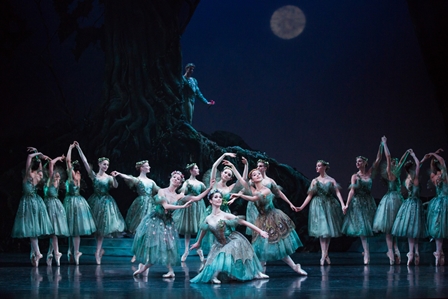
A second look at this program is at this link.
